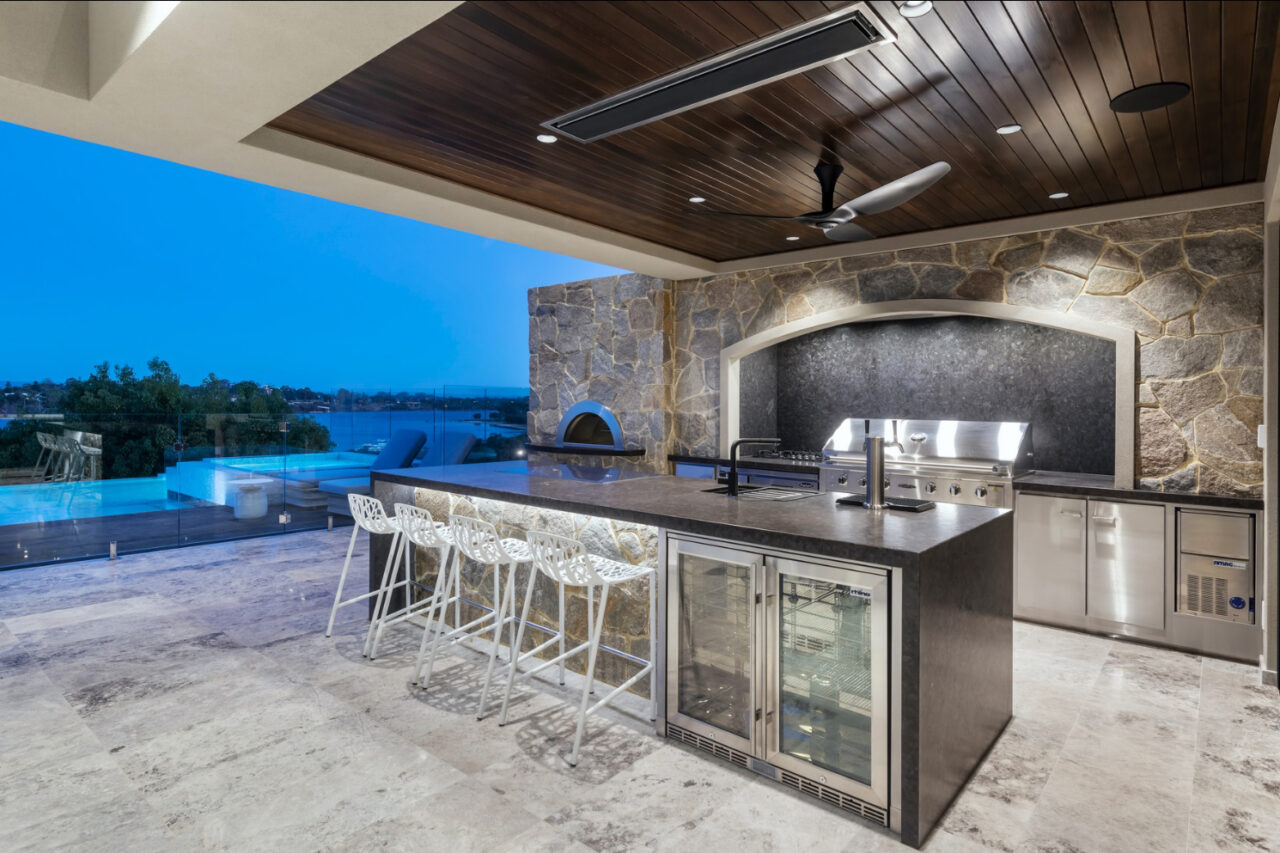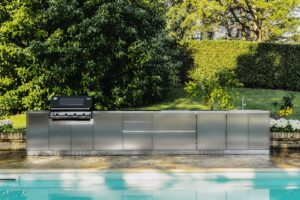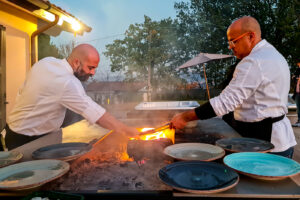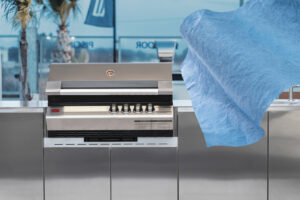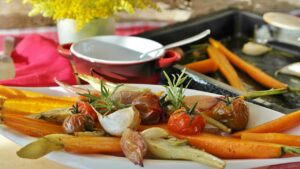We have already talked about it several times, here on our blog: the crucial moment of your project, when you decided to install an outdoor kitchen, coincides with the choice of the type of material for the furniture, crockery and structures you should use. Today we focus in particular on the durability of stainless steel, compared with classic (and somewhat dated) brick kitchens. Let’s see the main differences between the two materials, and why stainless steel should always be your first choice.
Stainless steel – easier to install and more durable
Ideas for brick outdoor kitchens have often been used in the past: just think of projects of about twenty years ago that often featured this material in bricks. Today, both trade professionals and homeowners are instead preferring to invest on other materials which require less maintenance, are easier to install and are more attractive. This is the case for stainless steel, which has become the most popular material for outdoor kitchens due to its minimal maintenance and longevity in virtually all weather conditions. This is one of the reasons why we produce stainless steel outdoor furniture at OF. Indeed, our stainless steel withstands high temperatures in summer and bad weather and harsh climate in winter. Moreover, the presence of chromium prevents corrosion of the surfaces, even if they come into contact with water.
Design and usability in comparison, which material is more practical to use: brick?
It must be said, without lying, that yes, even brick is durable, relatively inexpensive and gives a timeless look to your outdoor living space. Even individual bricks are fire resistant, although the resistance in this case is affected by the mortar that holds them together. Having said that, however, the main downside of a brick outdoor kitchen is the lack of practicality: it is difficult to clean, requires professional installation, constant maintenance and replacement. Moreover, the appearance of the bricks must be kept under control. Indeed, brick is porous and any spilled liquid will soak in it. Of course, it can be painted to reduce porosity and improve its appearance, but it will need to be repainted periodically. Installation also requires masonry skills, which means: a contractor in the workplace (your home) for a long and disruptive installation, especially when bricks need to be cut to house outdoor kitchen appliances. Finally, even bricks can break, so replacement is often necessary.
And here are the characteristics of stainless steel
Stainless steel, on the other hand, is largely composed of iron, but it also contains the element chromium, as we mentioned before, which is an essential rust deterrent. OF kitchens are made of Aisi 304 and Aisi 316 (marine) stainless steel, which are both durable, corrosion resistant and fire resistant. The main disadvantage of bare, i.e. untreated, stainless steel is that it is susceptible to rust, stains, scratches and corrosion is exposed to the outside without proper maintenance. And here lies the difference between one manufacturer and another of outdoor kitchens. Our steel is always properly treated, neutralizing the above-mentioned inconveniences. Moreover, stainless steel can be powder coated, which adds a layer that minimizes maintenance. This is because powdered coatings do not need to be reapplied like classic paint. Finally, stainless steel is not porous, easy to clean, does not break nor deform and furniture will maintain its structural integrity in all types of weather conditions.


